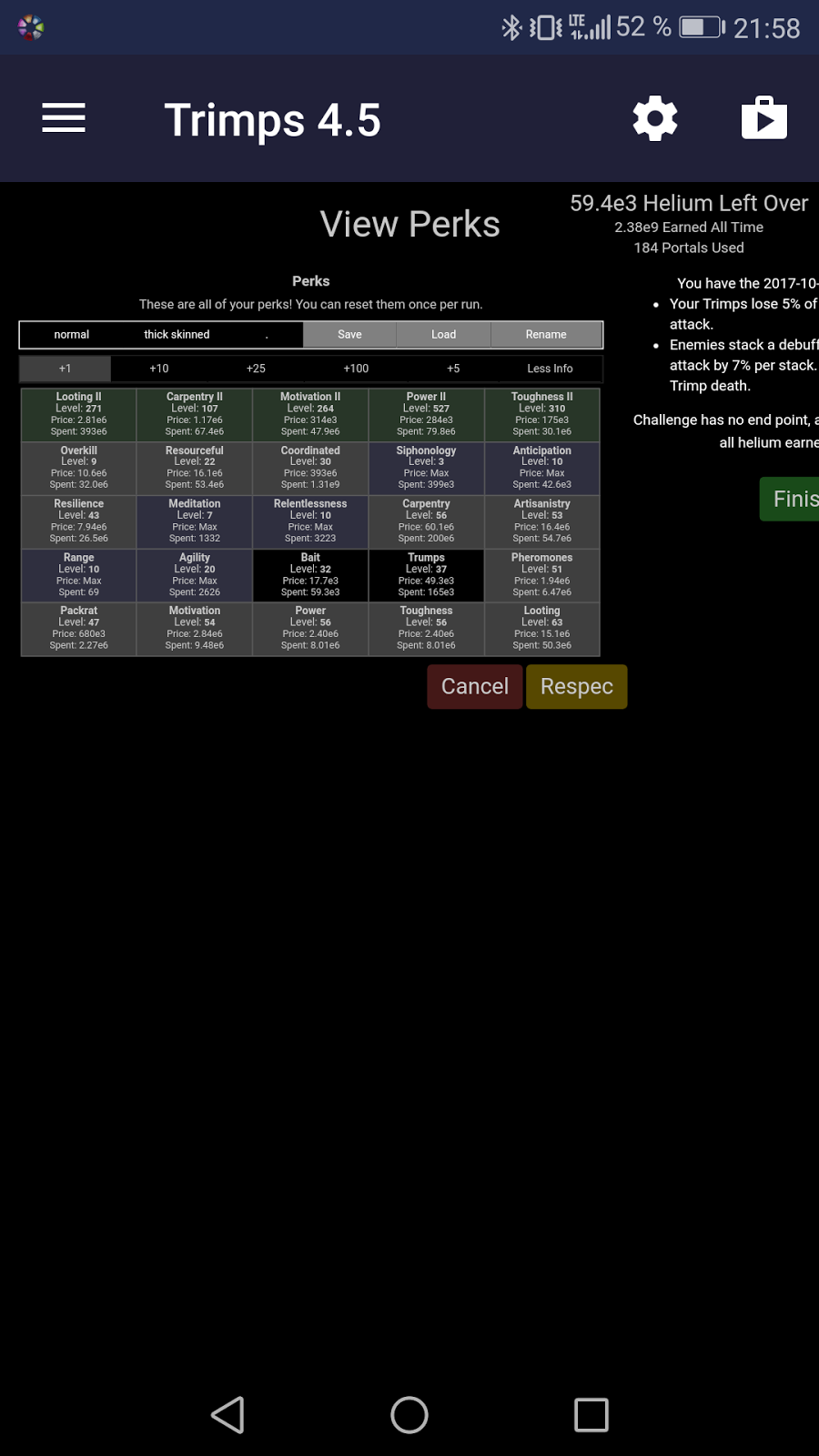

This method, involving simple math, makes a great deal of sense in terms of calculating a 'dose' of aerobic training, and I would recommend it to the average adult exerciser. TRIMP = training time (minutes) x average heart rate (bpm).

(Use the calculator above to get your heart rate, then enter it in the box below) (If you already know just skip to the next calculator) Initially the researchers proposed simple methods of calculating the TRIMP of a session, such as the following:ġ. TRIMP is defined as training volume x training intensity and is specific to endurance training as it uses heart rates or heart rate zones. I will also demonstrate the potential usefulness of Excel spreadsheets in helping coaches and athletes summarize their training loads in graphic terms.įirst proposed by Bannister et al in 1975, this method is a very simple way of calculating what is termed TRaining IMPulse (TRIMP). In this article I will describe three different methods of quantifying a training load, each with its own merits and limitations. If the training load is too heavy or too monotonous, the athlete will not experience optimal improvement. It has both a fitness and fatigue effect (1), but in order for training schedules to result in improved fitness, the former must outweigh the latter. Training load may be defined as the stress placed upon the body as a result of the training session. These methods enable athletes to record training load in terms of numbers, thus making sessions objectively comparable. In order to help coaches and athletes plan and then monitor the effects of training more precisely, physiologists have attempted to devise quantifiable methods for recording training load. The resulting weekly program may therefore lack the recovery element needed to maximize fitness benefits. For example, an athlete may find a 'circuits' session hard, but the coach may assume that it is moderate and place it in the weekly plan accordingly. Perceptions of the level of training may also differ between coach and athlete. The coach will have planned exactly when the hard, moderate and easy training sessions should take place, yet the athlete does not record information that can be used to determine whether this, in fact, occurred. Legs felt crap.īy contrast with the rigorous planning of their coaches, athletes' recording of training is often subjective, lacking in particular any information that can be used to calculate the training load of the session. Commonly, these diary entries will contain session details for each day and may include comments.įor example, Tuesday am - 30 minute run steady. No doubt PP readers are familiar with this system of planning and training schedules organization.Īthletes (most of them at least) use diaries to record their training. For example, an endurance coach will plan how best to organize five sessions at steady pace, three interval sessions at high intensity, one complete rest day, three runs at threshold pace and one conditioning session to make the best training week. Typically, a coach will plan and add up the amounts of training at different intensity levels and modes required to produce the ideal training schedule for a given athlete.Ī training schedule, variation, progression and recovery will be planned within or between weekly programs to maximize the fitness effect. Coaches are good at planning training schedules: indeed, most of the ones I know are very thorough - even mathematical - in the detail of their planning.


 0 kommentar(er)
0 kommentar(er)
